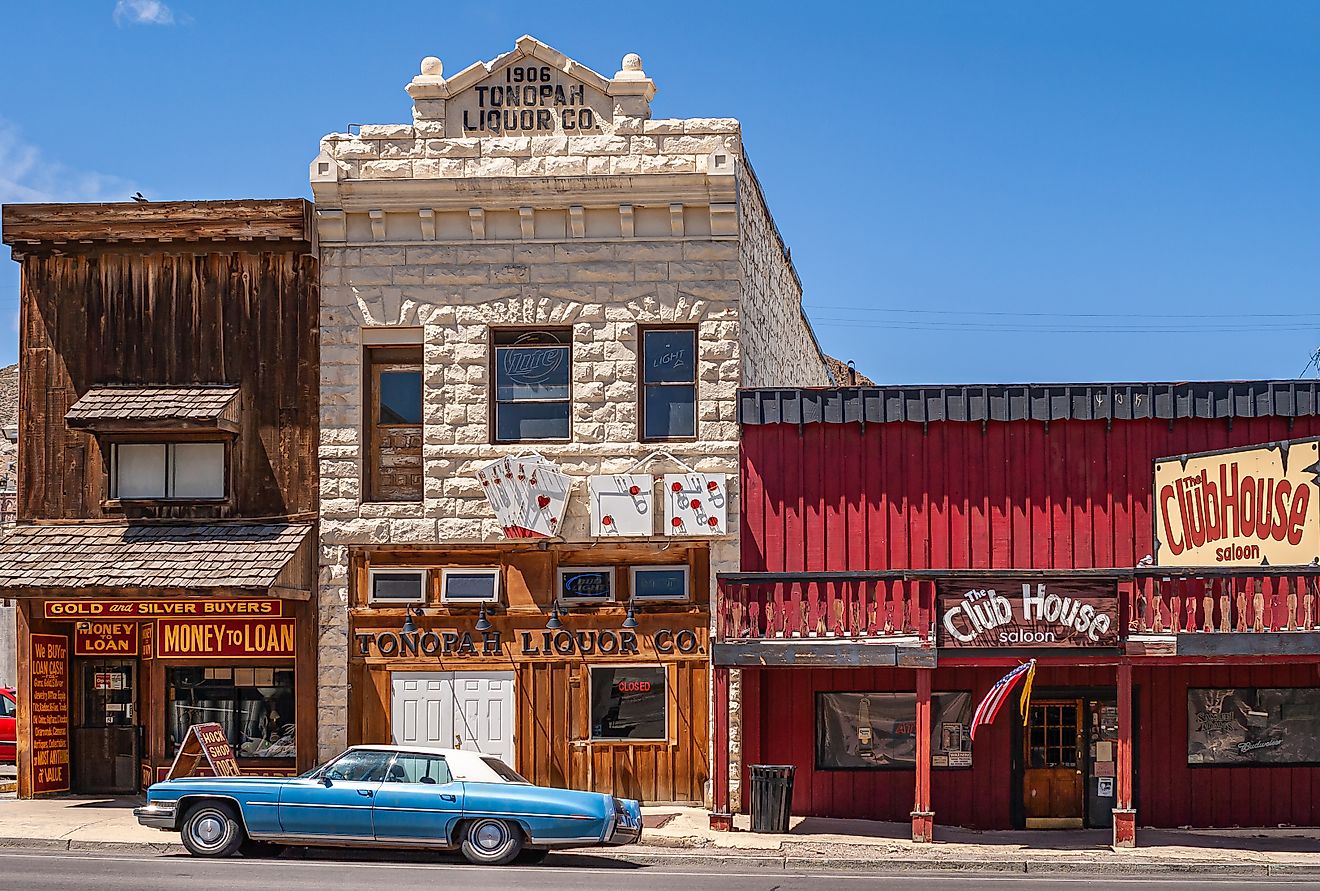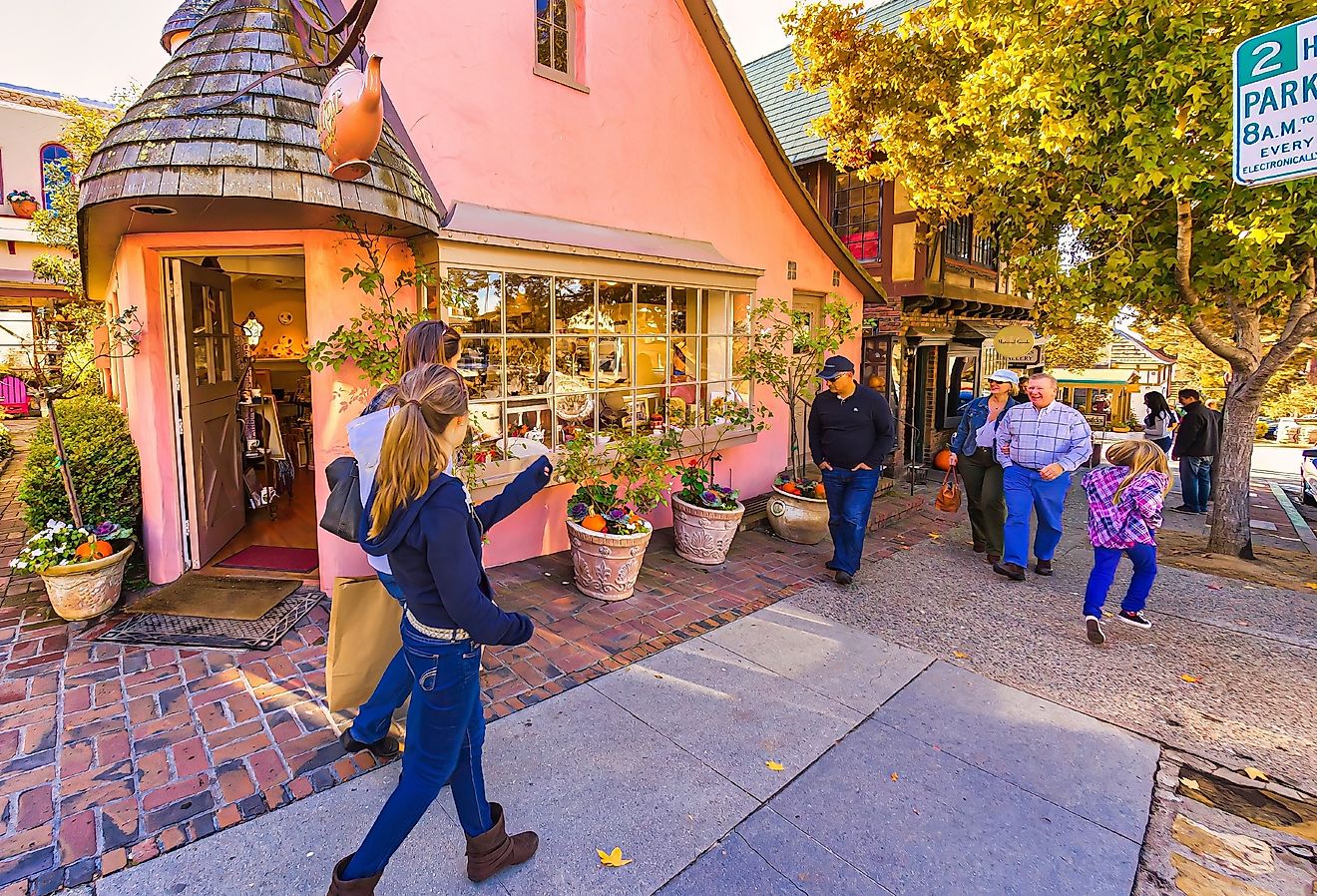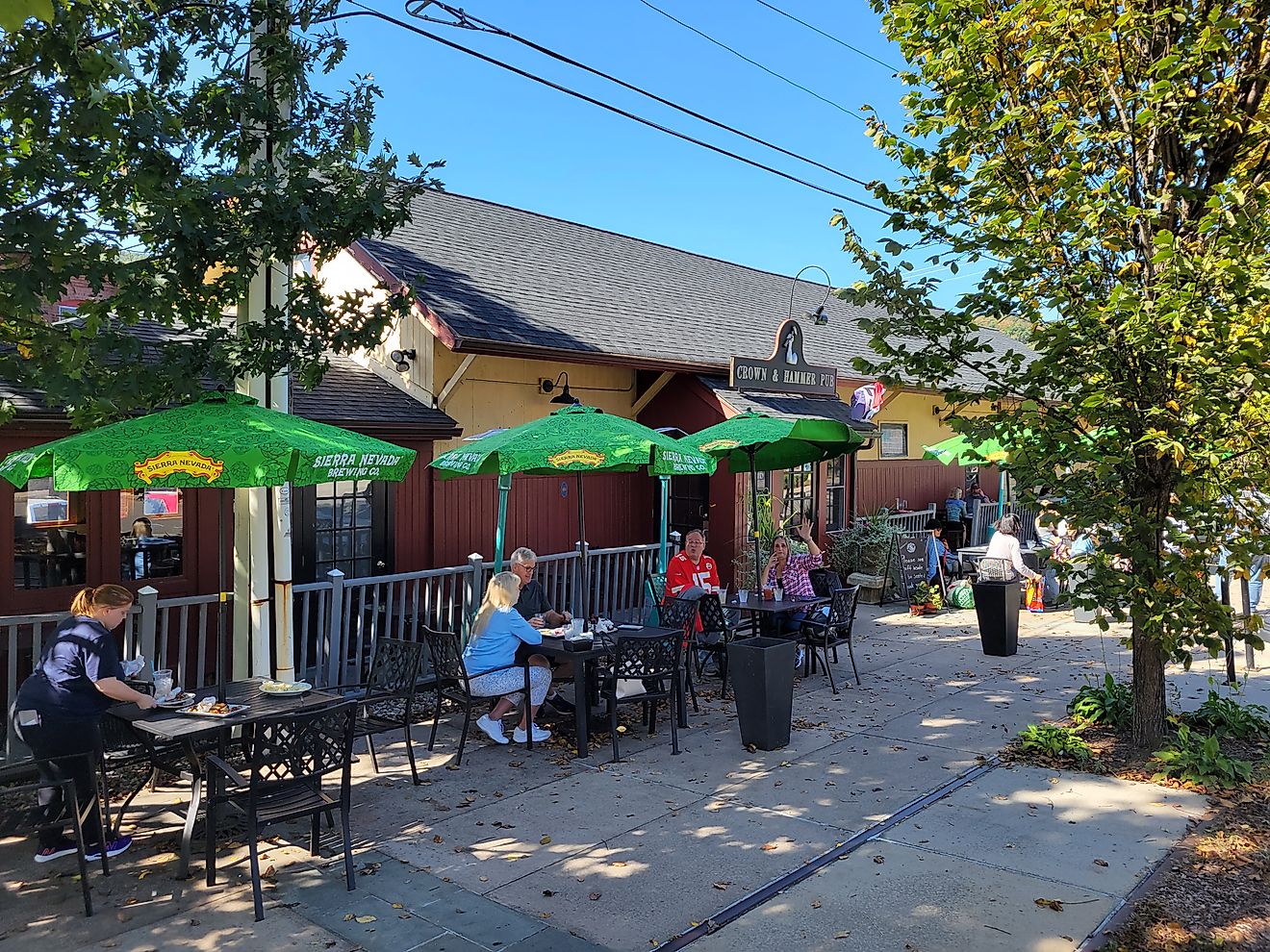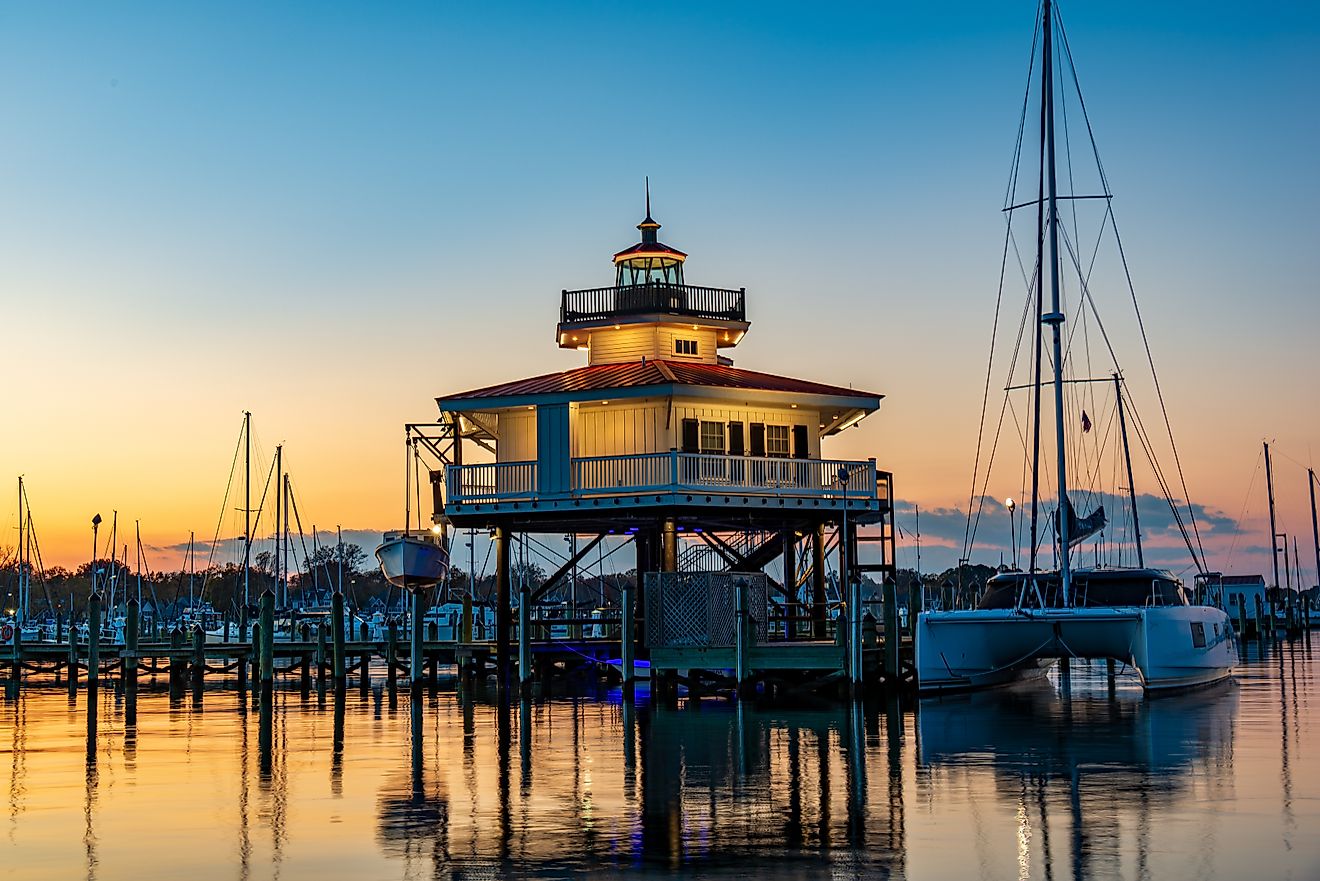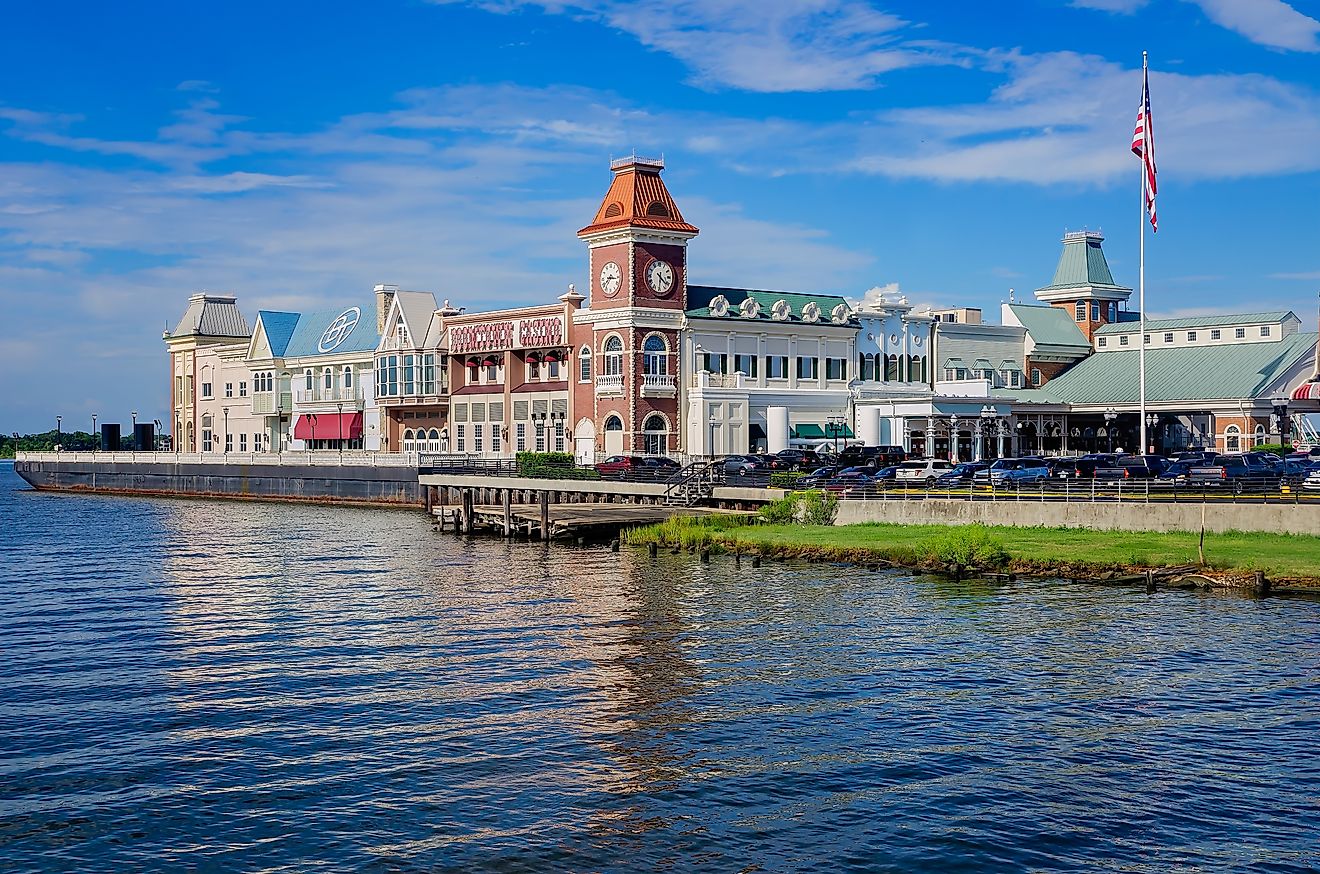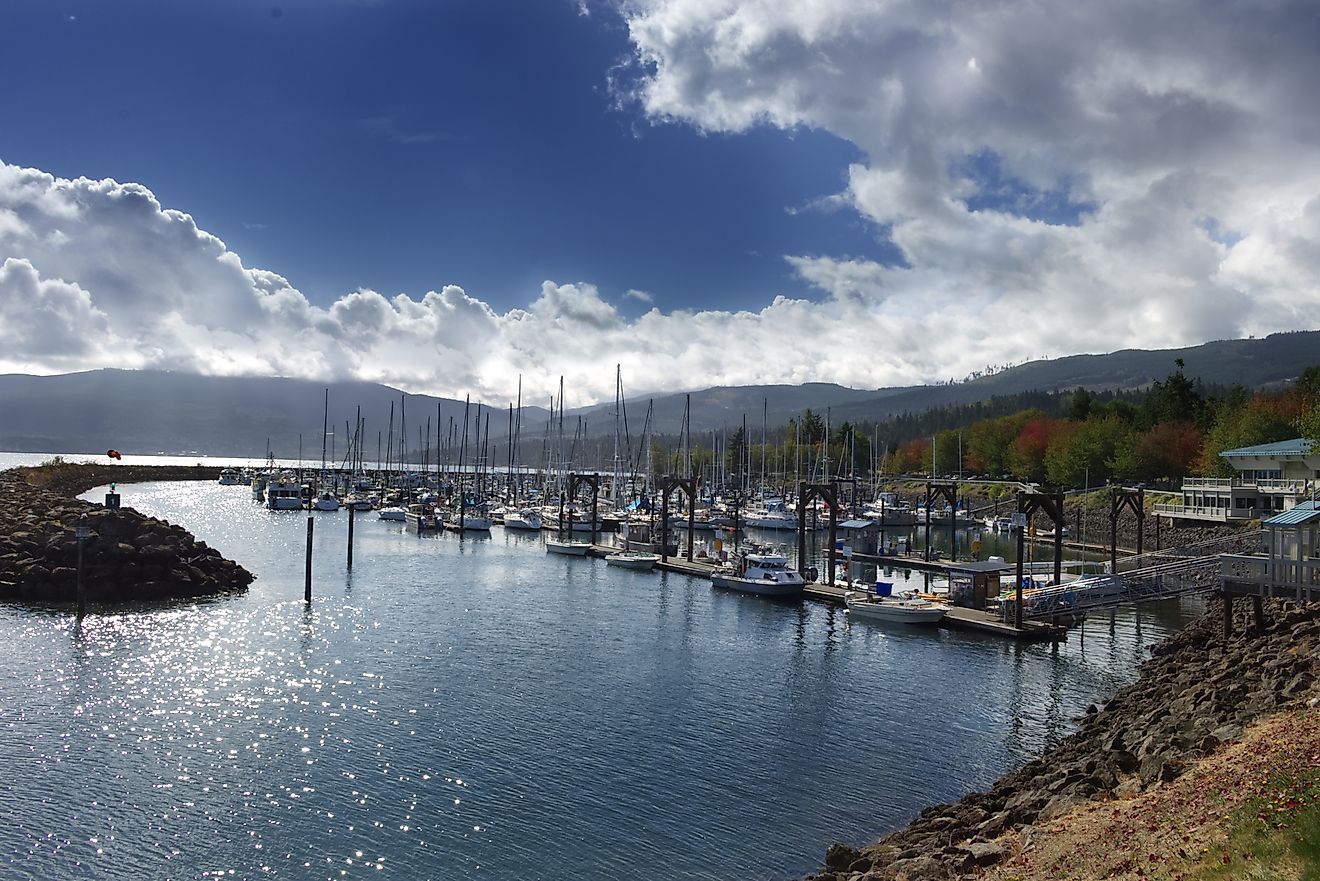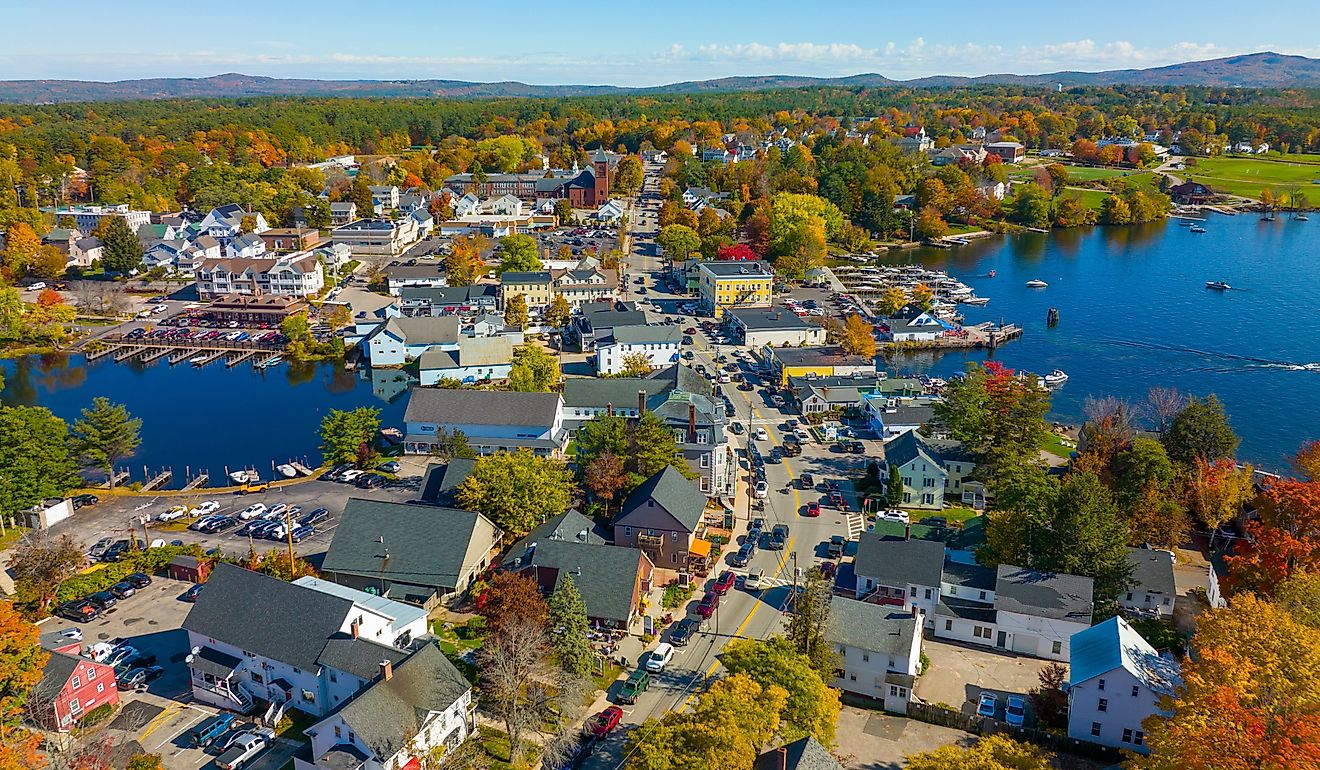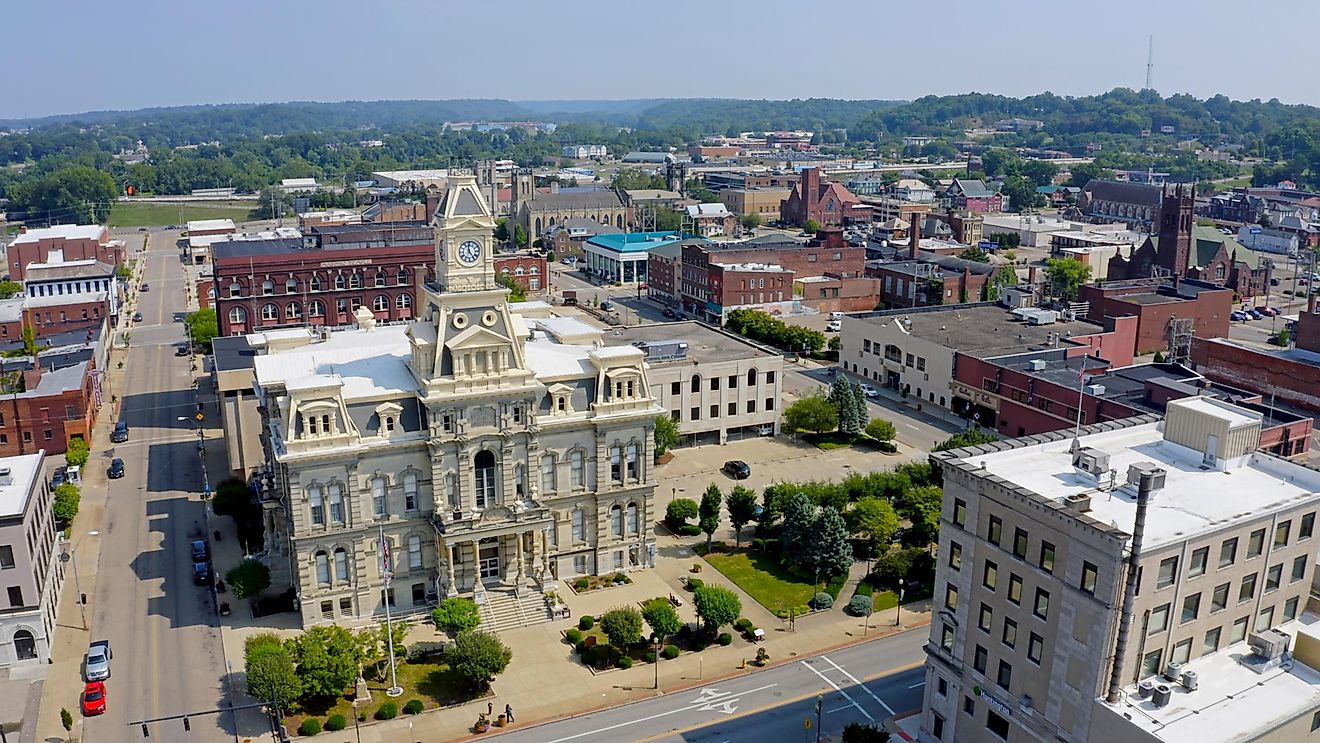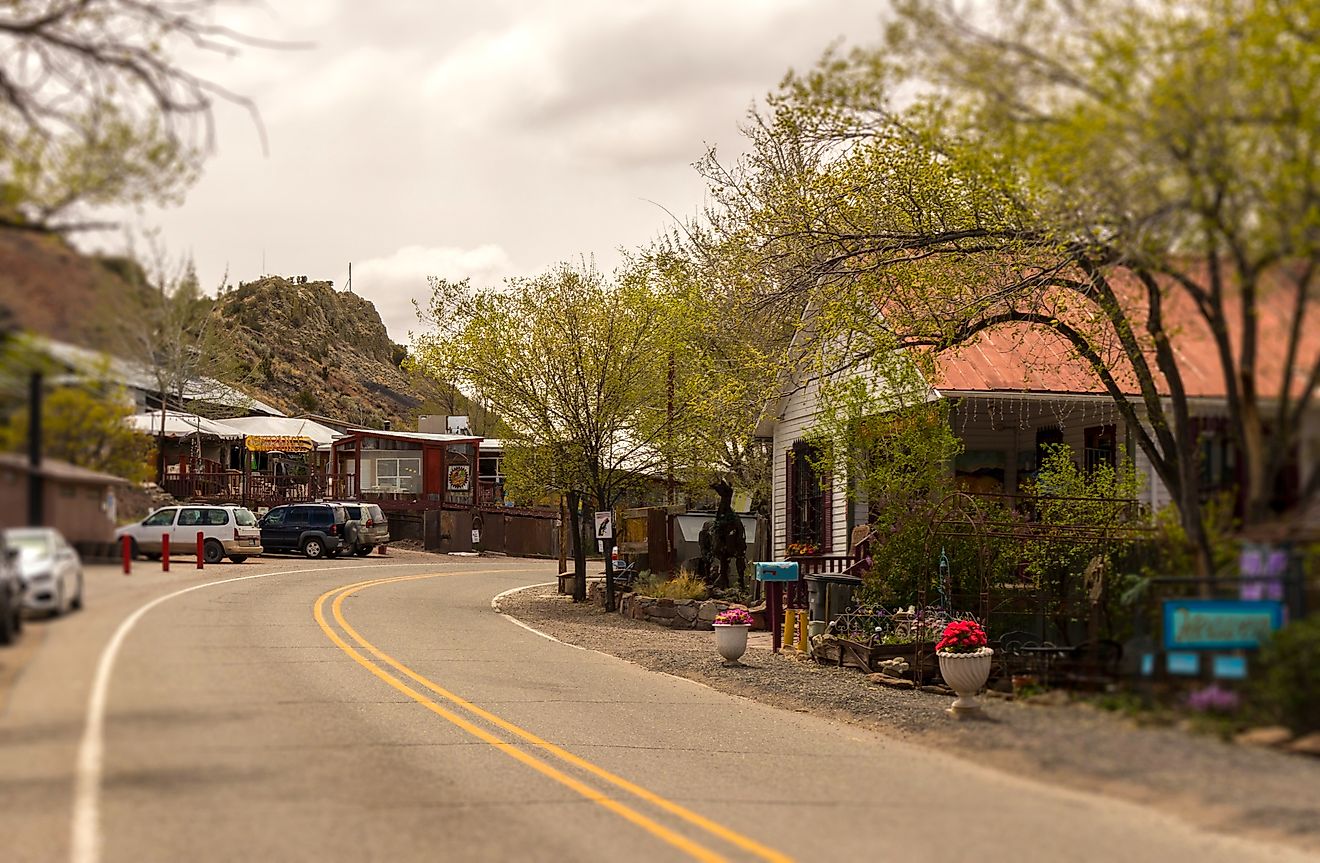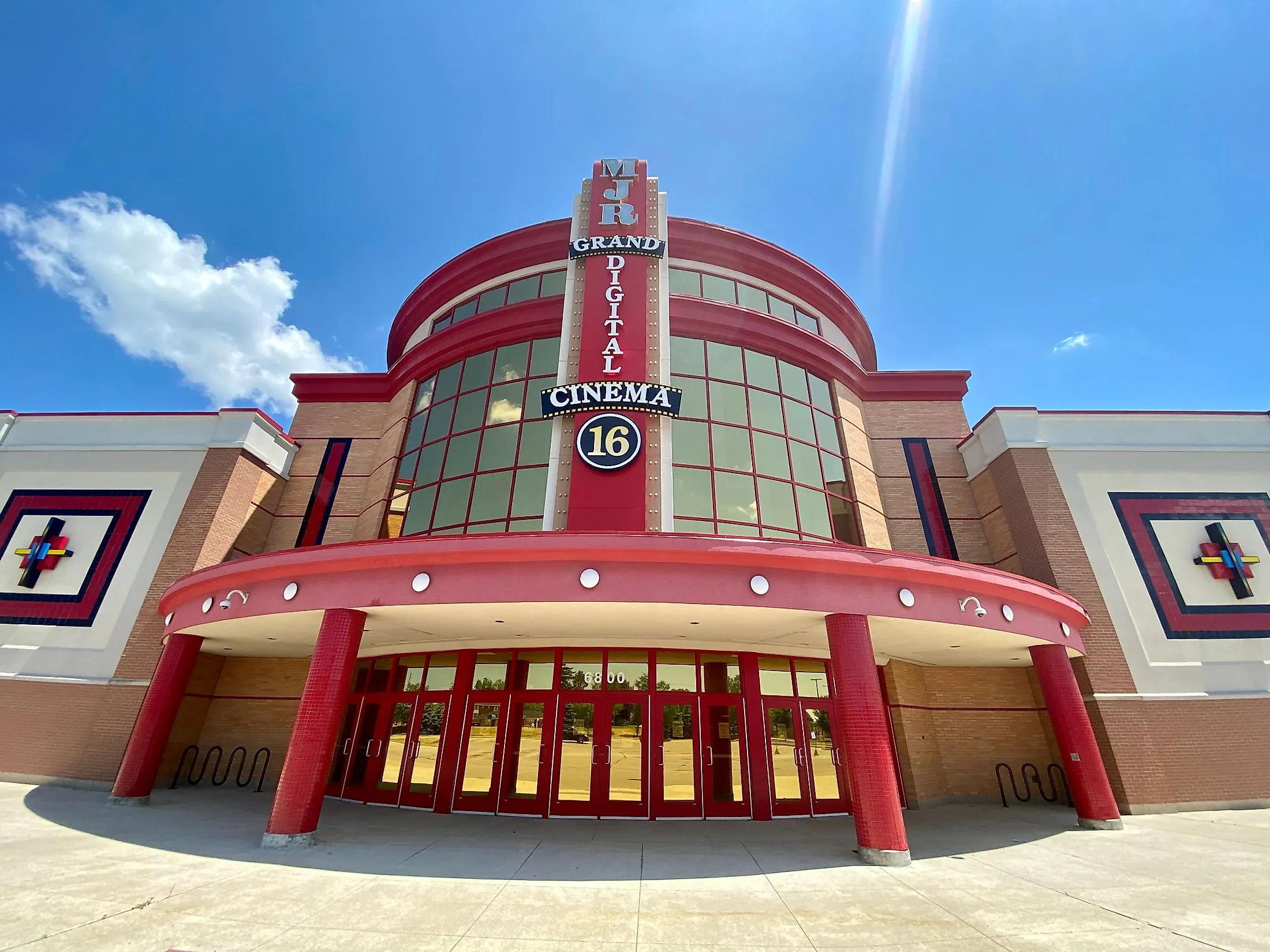
Westland, Michigan
Located in Wayne County, Westland is Michigan's 10th most populous city and the 12th largest municipality. From a homeland for the Potawatomi Indians and hunting grounds for various Algonquin tribes, it first grew into a rural county, then into a small city with a diverse population. In a location convenient to the growing automotive and other industries that developed throughout the Detroit area through the 20th century, Westland slowly developed from a bedroom community to an ambitious small city.
Geography And Climate Of Westland
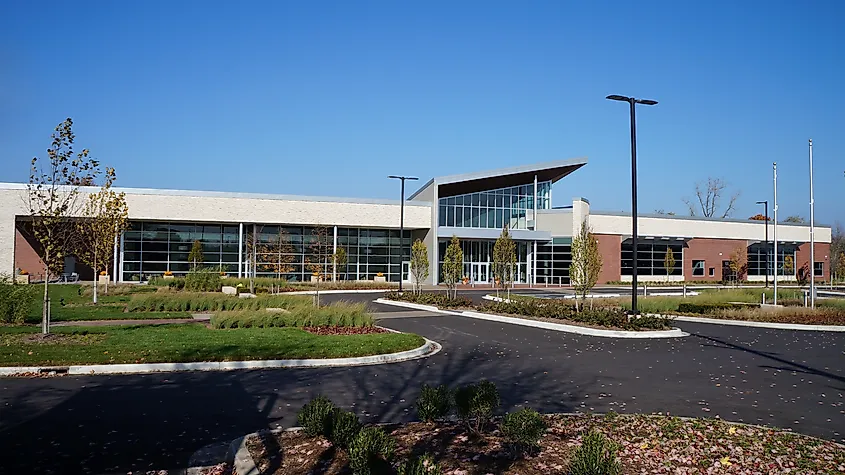
Westland covers a total area of 52.96 sq. km, of which 52.92 sq. km is occupied by land, and 0.04 sq. km is covered by water. The city is situated close to the Rouge River, approximately 26 km west of Detroit's downtown.
As per the Koppen Climate Classification, Westland experiences a humid continental climate with hot, humid summers and cold, windy winters. Average daily highs in January, the coldest month, hover just over 0 °C. There is an average of about 107 cm of snowfall every year. In July, the hottest month, the average daily high is just under 29 °C. The wet season extends from April until September, with average monthly precipitation of over 76 mm. The wettest month is May, with an average rainfall of just under 95 mm.
Brief History Of Westland
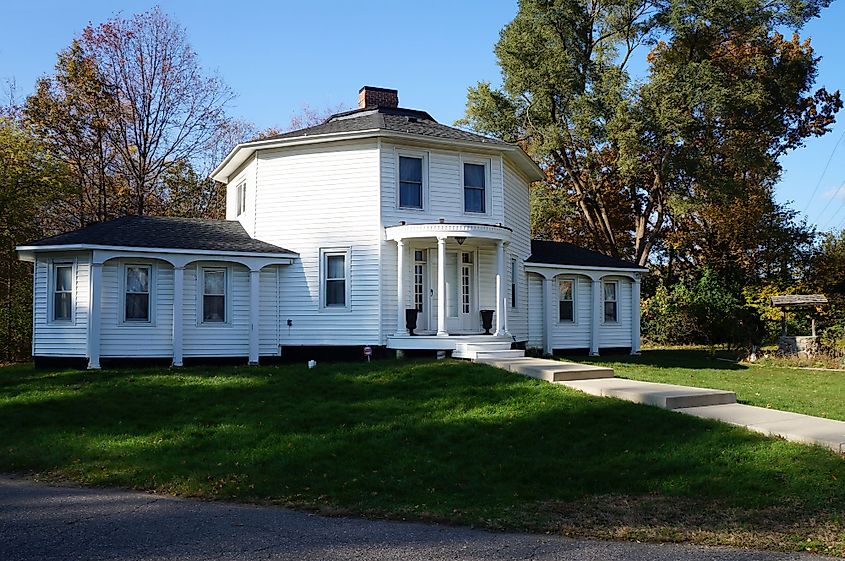
The Potawatomi Indians lived in the region of Detroit from about 12,000 years ago, after the glaciers receded during the last Ice Age. They were drawn to the region's abundant hunting and food supplies. The first Europeans in the area were the French in the 17th century, later ousted by the British in the 18th century. American forces took over the region in 1805, and in 1812, it became part of Michigan Territory. The first land was purchased in Westland in November 1818 by a man called Dennison Palmer. However, the Potawatomi Indians, who lived along the banks of the Rouge River at the time, still occupied the land.
There was a conflict between the Potawatomi and the European settlers, who began to arrive one by one to buy up and usurp parcels of their hunting grounds. After an incident where a band of settlers in 1819 reportedly killed the chief and his son, most left the area. The remaining land on what is now Detroit was ceded to the new arrivals in the Treaty of Detroit. When the Erie Canal opened in 1825, it made travel from the Great Lakes region much more accessible, leading to more farmers arriving in the region. Bucklin Township was created in 1827, incorporating what is modern Westland, Livonia, Garden City, Inkster, Wayne, Dearborn, Dearborn Heights, and Redford Township. By 1835, the area was renamed Nankin Township, and after several splits, it consisted of Westland, Wayne Garden City, and Inkster.
Westland began slowly to change from farmland to a budding community. A sawmill was built in Nankin in 1832. In 1839, 439 acres of farmland were developed into mental institutions. A school and post office followed. The area remained predominantly rural until about the 1860s when a small town began to grow. Many residents lived in Nankin but worked in the factories of Detroit, driving the move to urbanize the small town. The first electrical lines were set up in 1905, and the telephone followed in 1920. After rapid growth as Nankin Township through the 20th century as a bedroom community to nearby factories, and after achieving the status of the world’s largest township in 1960, voters called for and then approved a City Charter in 1966, and the city of Westland was created.
The Population Of Westland
Several hundred Potawatomi lived along the Rouge River and in the region until the early 19th century. The population of what was then a mostly rural region grew, as farmland slowly began to develop into a village through the early to mid-19th century. In the first decades of the 20th century, urban conditions in Detroit, including rampant crime and street violence, along with overcrowding, led to an exodus from the city to suburban areas. Nankin saw its first large residential development in 1927. In 1930, Nankin's population was about 9,806. By 1940, with the Federal Government’s worker housing program, the population had risen to 15,838 for an increase of 61.5% in a decade.
Modern Westland is a culturally diverse small city. In 1950, the post-War population nearly doubled to 30,407 as nearby manufacturing jobs, and cheap land for returning veterans added to Nankins' appeal. In 1960, Nankin Township was recognized as the largest township in Michigan, and the population had doubled again to 60,743. The population reached its peak in 1970 at 86,749. It has hovered between 84,000 and 86,000 from 1970 into the 21st century, experiencing contractions through the 1970s and early 21st century. In 2010, the population was 84,094, and as per the latest US Census at 85,420.
The Economy Of Westland
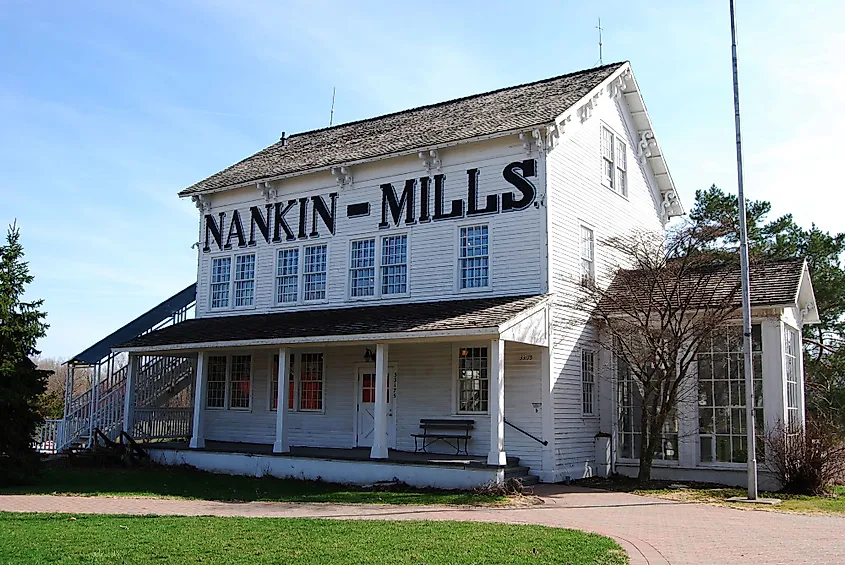
Prior to the late 19th and early 20th centuries, the area of Nankin County was rural in nature, known largely for dairy production and fruit orchards. In 1918, Henry Ford developed a rural factory in Nankin, creating local jobs. Ford also built a school for his employees' children. During the Second World War, the federal government built housing in Nankin County for workers at the war manufacturing plants nearby, including a bomber plant in Ypsilanti. About 1,100 houses were built, and about 7,000 people came to Nankin as a result. While developing as a mainly residential community for workers in nearby factories, the local economy also developed an industrial sector along with a thriving local retail sector, including a large shopping mall that was built in 1965. Modern Westland is home to several industrial parks with a range of manufacturing facilities and employers.
Attractions In Westland
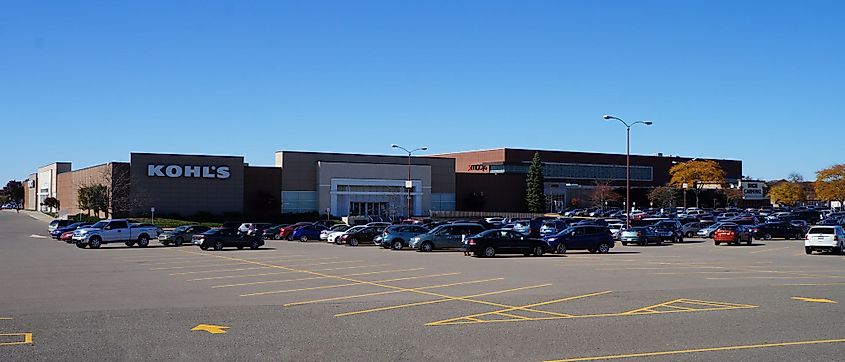
There are 17 public parks in Westland, including a large Central City Park. The corridor along Hines Park is known for deer and other wildlife sightings. In 2009, the city received funds to rejuvenate its historic district. The Henry Ford Museum and historic Greenfield Village are located just outside the city. The Westland Shopping Center, built in 1965 as one of the first enclosed shopping centers in the United States, continues to anchor the local retail scene with a mix of specialty stores and national retailers.
